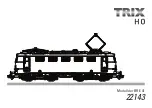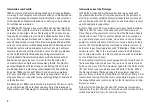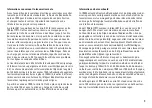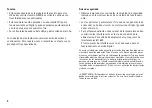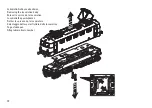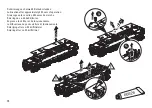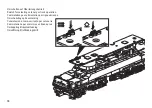
2
Information zum Vorbild
1950 beschloss die Deutsche Bundesbahn die dringende Moder-
nisierung ihres Fuhrparks mit der Beschaffung von Elektrolokomo-
tiven mit überwiegend standardisierten Bauteilen und erteilte an
alle bedeuteden Lokomotivfabriken den Auftrag, entsprechende
Vorschläge auszuarbeiten.
Ab 1956 bis 1971 wurden insgesamt 451 Loks der Baureihe E 41
beschafft. Sie sollte für mehrere Jahrzehnte nicht nur den Nah-
verkehr von den Alpen bis zur Küste prägen. Man kann die ge-
lungene Konstruktion als eine Universallokomotive bezeichnen,
da sie in ihrer langen Betriebszeit so ziemlich alles vorspannte,
was der Zugverkehr erlaubt. Ihre Stammaufgabe blieb der Nah-
verkehr, vornehmlich im Wendezugbetrieb mit Silberlingen. Auf
Grund der geforderten geringeren Achslast, die sich auf zwei
zweiachsige Drehgestelle verteilte, konnte die E 41 problemlos
auf den elektrifizierten Nebenbahnen eingesetzt werden.
Der ölgekühlte Transformator bekam ein Schaltwerk auf der
Niederspannungsseite, was zu einer für die Baureihe E 41
charakteristischen Geräuschentwicklung führte. Die Höchst-
geschwindigkeit der 15,62 m langen Lok betrug 120 km/h. Als
die Bundesbahn die Höchstgeschwindigkeit für Schnellzüge
Ende der 1950er-Jahre auf 140 km/h anhob, wurden weitere
E 41 ausschließlich in grüner Lackierung ausgeliefert, da das
elegante Blau nur schnellen fernverkehrtauglichen Lokomotiven
vorbehalten war.
Ab Anfang der 1990er-Jahre wurde die Baureihe 141 immer mehr
von der Baureihe 143 verdrängt und durch die Umstellung des
Nahverkehrs auf Triebwagen schrumpfte ihr Bestand zusehends.
Information about the Prototype
In 1950, the German Federal Railroad decided to go ahead with
the urgent modernization of its motive power with the purchase of
electric locomotives with predominantly standardized components
and contracted with all of the important locomotive builders to come
up with appropriate suggestions.
A total of 451 class E 41 locomotives were purchased between
1956 and 1971. For several decades they left their stamp on
more than just the commuter service from the Bavarian Alps to
the German coast. This successful design can be considered
as a general-purpose locomotive, since it was used as motive
power for practically every kind of train service during its long
service life. Its traditional task remained commuter service, in
particular in push/pull operation with “Silberlinge / Silver Coins“
commuter cars. Due to the required low axle load distributed
over 2 two-axle trucks, the E 41 could be used with no problem
on electrified branch lines.
The oil-cooled transformer was equipped with a relay layout on
the low voltage side, which was the source of a characteristic
noise on the class E 41. The maximum speed for this 15.62 meter
/ 51 foot 3 inch long locomotive was 120 km/h / 75 mph. When
the German Federal Railroad raised the maximum speed for
express trains at the end off the Fifties to 140 km/h / 88 mph, E 41
locomotives coming after that were only painted in green, since
the elegant blue was reserved only for fast locomotives in long
distance service.
At the start of the Nineties, the class 141 was being increasingly
replaced by the class 143, and its roster decreased more due to the
switch to powered rail cars for commuter service.
Summary of Contents for BR E 41 22143
Page 1: ...Modell der BR E 41 22143...

